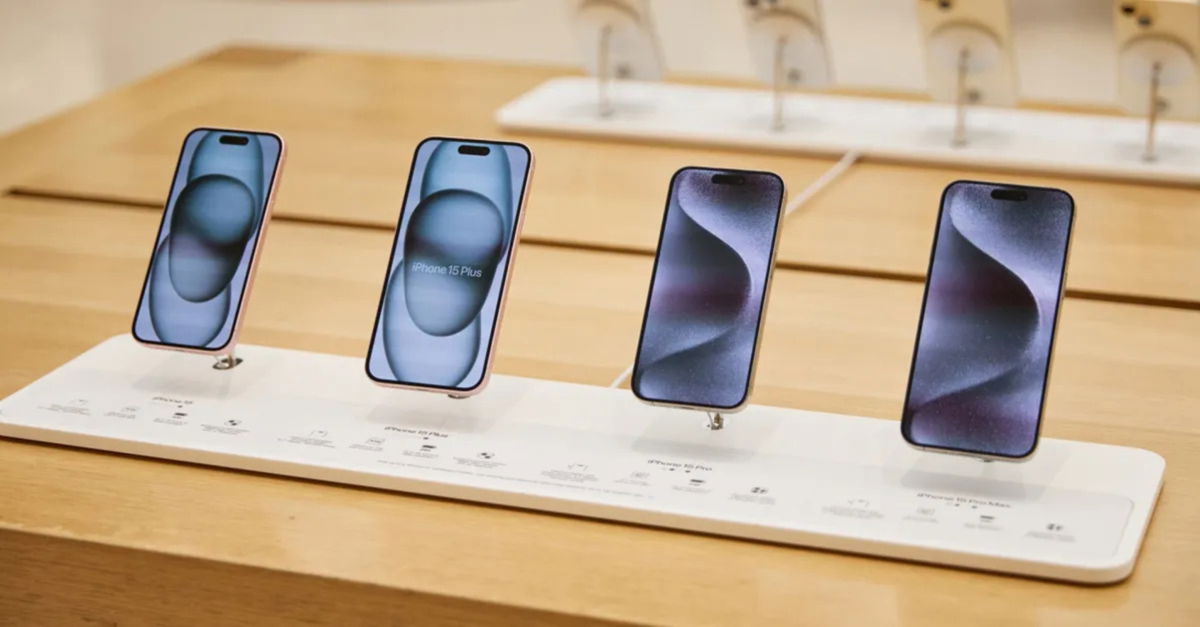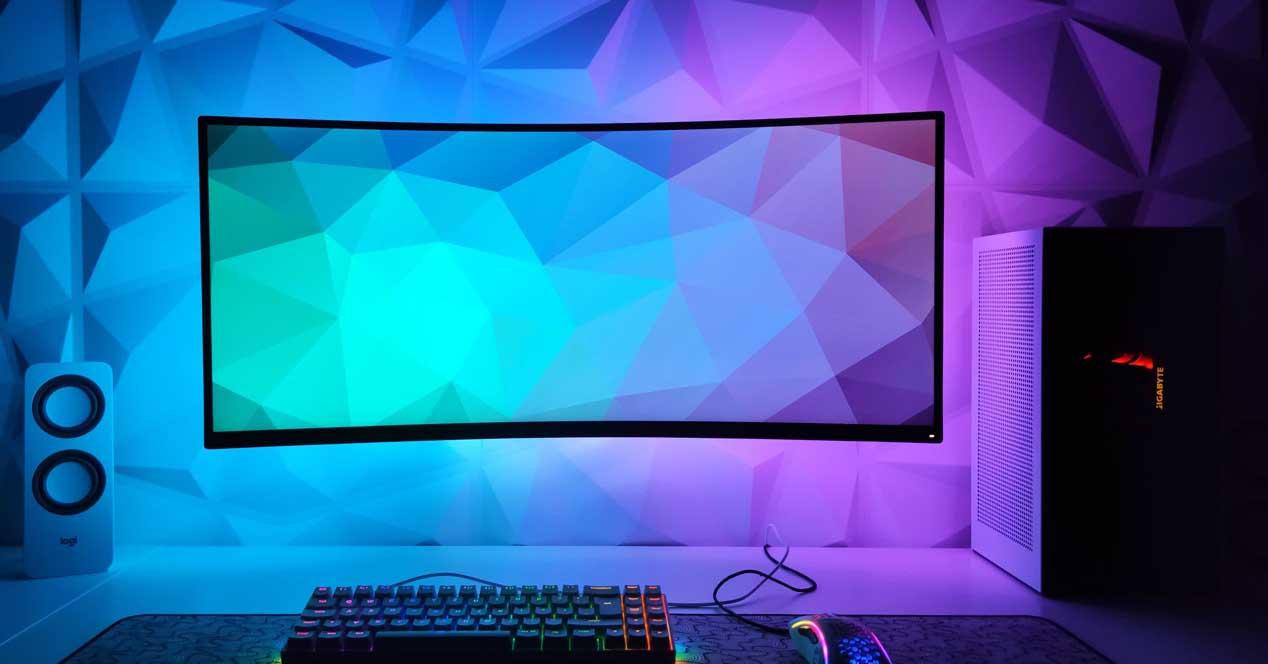A report by Bloomberg’s Mark Gurman sheds new light on one of Apple’s most secret projects: noninvasive glucose monitoring for the Apple Watch. In fact, the report states that the project has been researched within Apple for more than 12 years, since the end of the Steve Jobs era and years before the release of the first Apple Watch.
Several companies and academic institutions have been working for decades on ways to reliably measure blood glucose levels without piercing the skin. More than half a billion adults worldwide have diabetes, and the ability to measure blood sugar without breaking your skin would change their lives. Additionally, the measurement could provide useful data for those looking to improve their health and fitness, even if they don’t have diabetes.
The project apparently has “hundreds” of engineers working on it as part of the Exploratory Design Group (XDG) within Apple, where it simply goes by the project designation “E5”. Prior to becoming part of this group, the project was run by a secret Apple-owned startup called Avonte Health LLC which appeared to have nothing to do with Apple. Early work began in 2010 when Apple acquired a startup called RareLight.
Apple’s approach uses a process called optical absorption spectroscopy. The lasers emit specific wavelengths of light into the skin in areas where substances escape from the capillaries. The light is absorbed by the glucose and reflected back to the sensor, where an algorithm then determines a person’s blood glucose level.
According to the Bloomberg report, Apple has tested the system on hundreds of humans over the past decade, including people without diabetes, pre-diabetics and diabetics, comparing its results to traditional blood collection methods. After several recent “milestones”, the project is now considered to be at a “proof of concept” stage.
Don’t expect the Apple Watch Series 9 to feature this technology when it’s introduced in the fall – or even next year’s rumored Apple Watch X. The old devices sat on a table, and researchers are now working on a smaller-sized version of an iPhone that could be strapped to a person’s bicep. There is still a long way to go before it is reduced to a level where it could be integrated into the Apple Watch.








